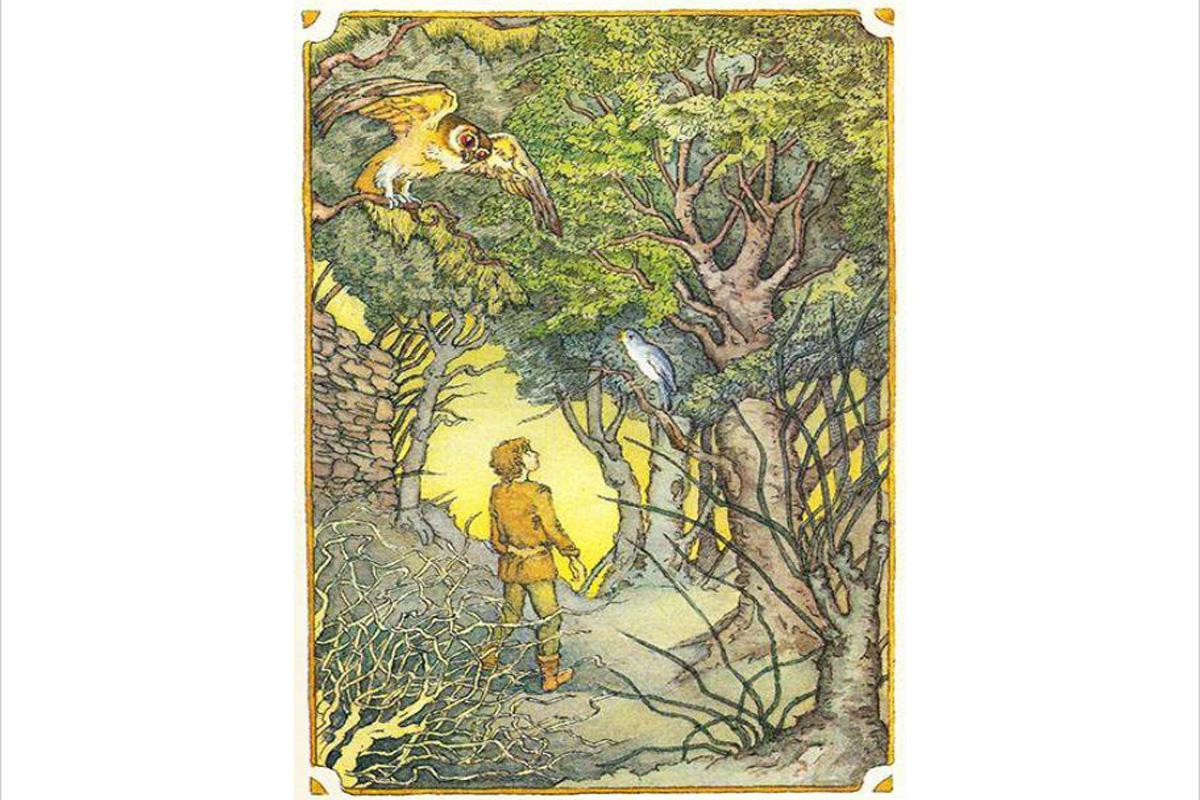Charlotte Schneider is researching nightingales. Since 2018, the Museum für Naturkunde Berlin has been running the Citizen Science project "Nightingale Research Case" funded by the Federal Ministry of Education and Research. Nature enthusiasts in particular have collected acoustic recordings of the nightingale singing via smartphones, which are now being evaluated together with scientists. The aim is to gain new insights into the variability of song and the current distribution of the species. Hundreds of citizens have already done research and sent their data and recordings.
Now a schoolgirl is also researching the subject of the nightingale. Charlotte Schneider is 17 years old and a student at the John Lennon Gymnasium in Berlin. She wants to study musicology and is interested, among other things, in whether bird singing is music and what appeals to us humans aesthetically. She is particularly fascinated by the nightingale, as the males are versatile melodic singers who structure their singing clearly and seemingly consciously use variations and associations of patterns to win over listening females (and, according to Charlotte's findings, humans as well).
Charlotte Schneider found out in her research work that nightingale singing is structurally similar to human music. The night song of nightingales addressed to females was rated by humans as more surprising and impressive than the day song of birds. Charlotte concludes that although night singing is perceived as more confusing and challenging, it is obviously the nightingale men who best manage to control the attention of human listeners over the long term. This could be an indication that convergent evolutionary mechanisms of selection produced birdsong and human music.
